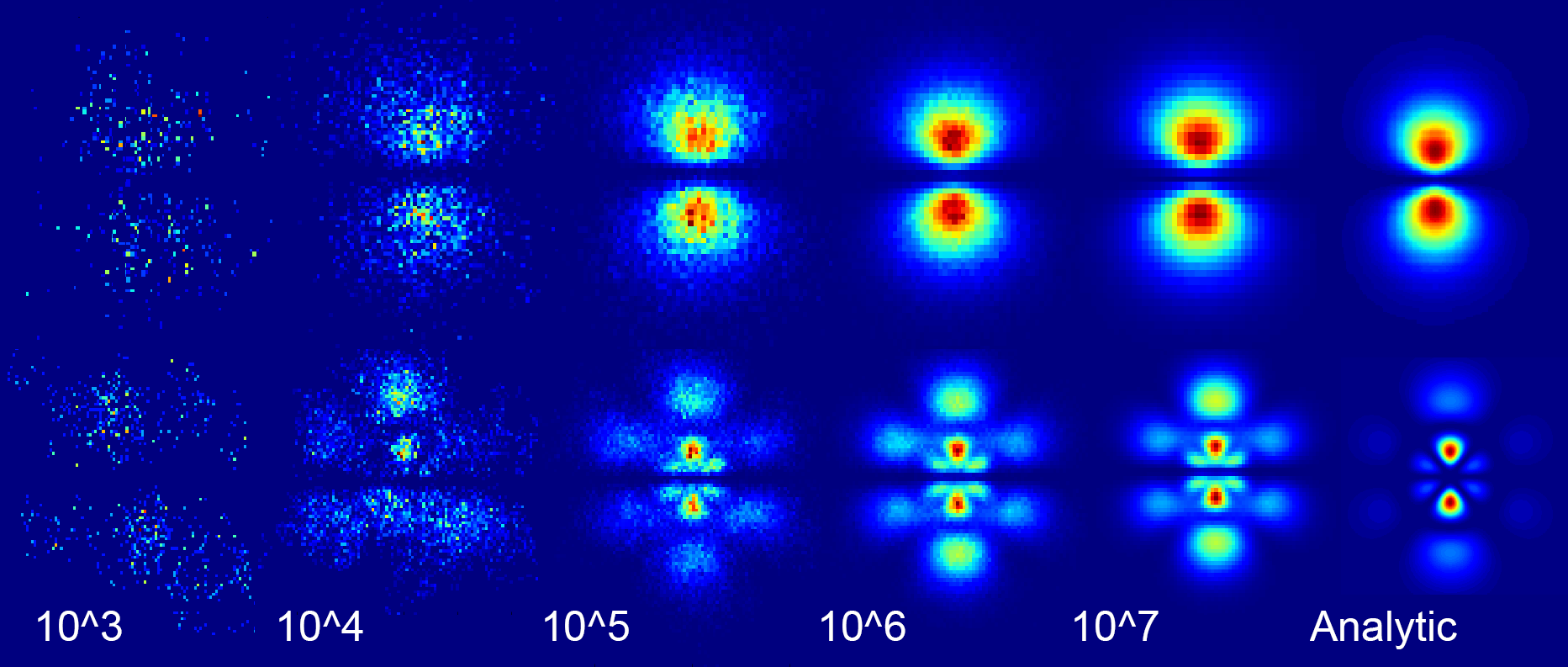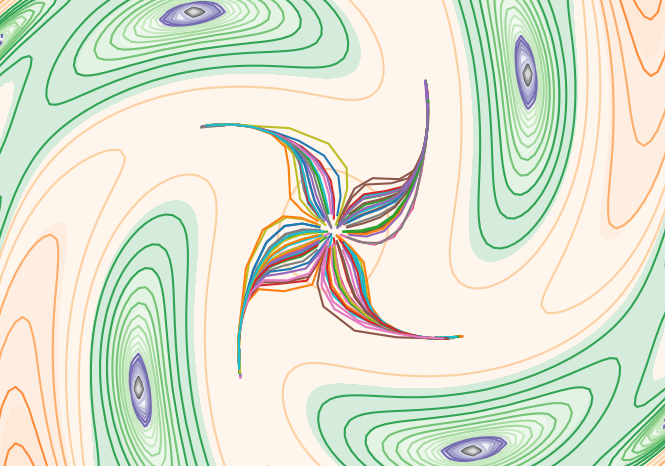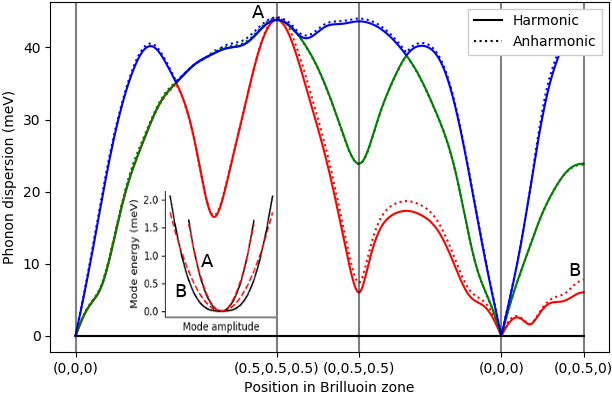I have been known to do some work, here is some of it:
Introduction
My research focuses on the simulation of correlated quantum systems and quasiparticle excitations using diffusion Monte Carlo (DMC) and density functional theory (DFT). My research interests include- Stochastic optimization techniques and their application to high-dimensional problems, such as the many-body Schrodinger equation.
- Simulating conventional superconductiors from first principles. Specifically, I study Metal Hydrides under extreme pressure within the framework of density functional pertubation theory.
- Crystal structure prediction. In particular, stochastic approaches such as ab-initio random structure searching (AIRSS).
- Nuclear vibrations in solids, including anharmonic effects and electron-phonon coupling.
- Phase transition dynamics. In particular, algorithms for the location of saddle points (transition states) in chemical reactions or the Born-Oppenhiemer surface of crystals.
Publications
Michael J. Hutcheon.
Phys. Rev. E 102, 042105 (2020)
Michael J. Hutcheon, Alice M. Shipley and Richard J. Needs.
Phys. Rev. B 101, 144505 (2020)
Alice M. Shipley, Michael J. Hutcheon, Mark S. Johnson,
Chris J. Pickard and Richard J. Needs.
Phys. Rev. B 101, 224511 (2020)
Michael J. Hutcheon and Richard J. Needs
Phys. Rev. B 99, 014111 (2019)
Quantum monte carlo
Diffusion monte carlo
Within my research I use diffusion Monte Carlo (DMC) techniques to simulate systems with highly-correlated electrons. I am the author of a C++ DMC code that implements a novel approach to the nodal-surface problem in quantum Monte Carlo. I have also written other small DMC codes in FORTRAN and a visualization tool that carries out a 1D DMC calculation here.Variational quantum monte carlo code
I am the author of a simple variational quantum monte carlo (VQMC) code which can be found here. A summary of VQMC and some results obtained using this code can be found here.Masters dissertation
I did a masters degree at Oxford before my PhD. My masters was broadly in the area of quantum computing, and my dissertation was on photon induced dechoerence of superconducting charge qubits. It can be found here.Rutherford Appleton Labs
In the summer of 2016 I interned at the STFC Rutherford Appleton Labs particle physics department. Whilst there I designed, implemented and tested several algorithms for interaction vertex reconstruc-tion intended for the proposed 2025 upgrade of the CMS detector at CERN. A report on these is available here. Whilst there I also wrote a user guide on the DELPHES detector modelling software which can be found here.Utilities
Some unit conversion utilities can be found here.
The wavefunction of three fermions obtained using
my DMC code (b) as compared to the analytic wavefunction (d), the
wavefunction obtained without a stochastic nodal surface (a) and the bosonic
ground state (c).

Figure 2: Some pretty pictures obtained using my VQMC code.

Figure 3: The paths taken through a 2D slice of a
Born-Oppenheimer surface by my saddle point finding algorithm.

Figure 4: The vibrational bandstructure of BCC Lithium,
showing both the phonon dispersion and anharmonic corrections to it.

Figure 5: An illustration of the Ramsey experement,
which played an important role in my Masters project.
which played an important role in my Masters project.